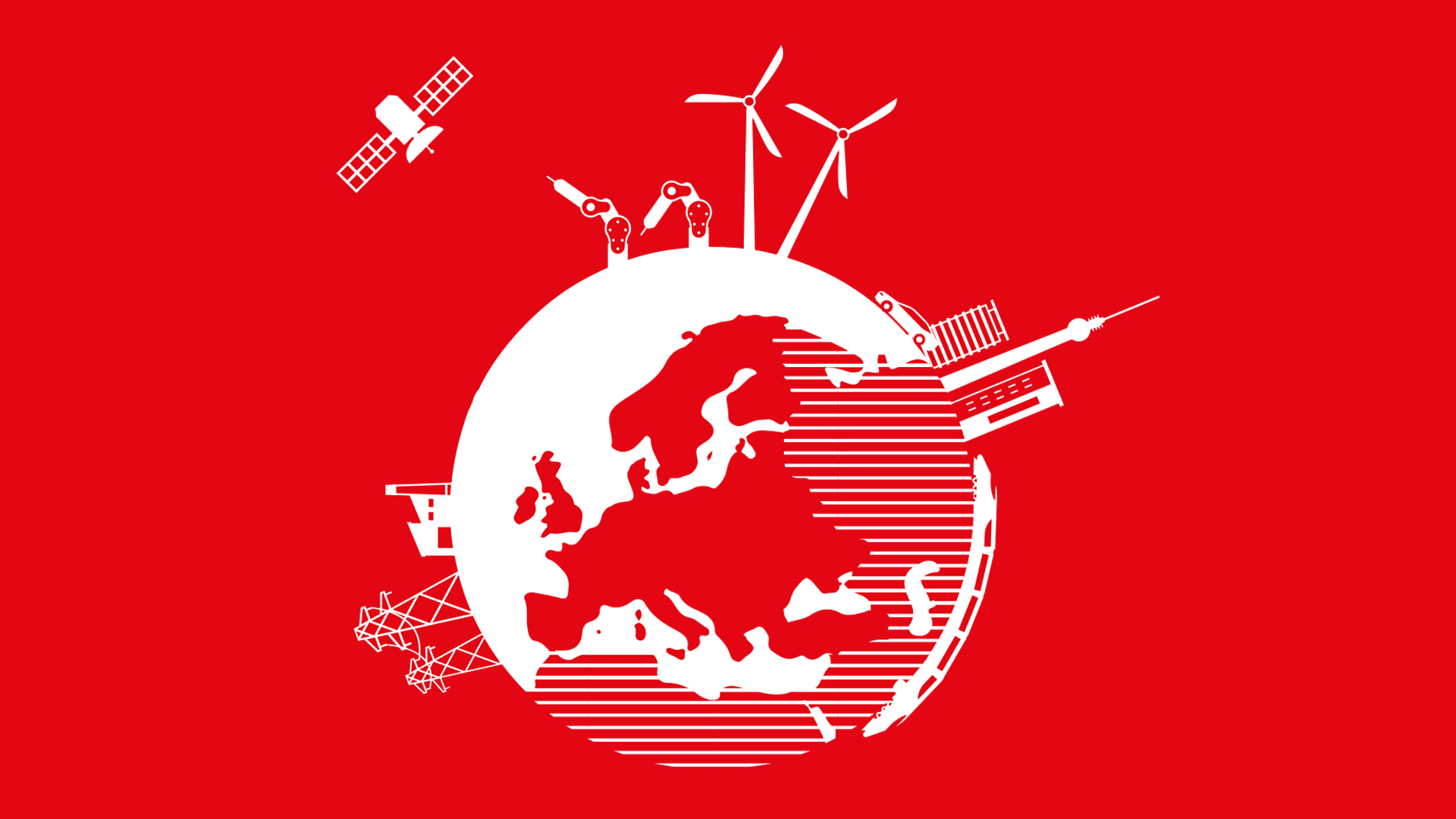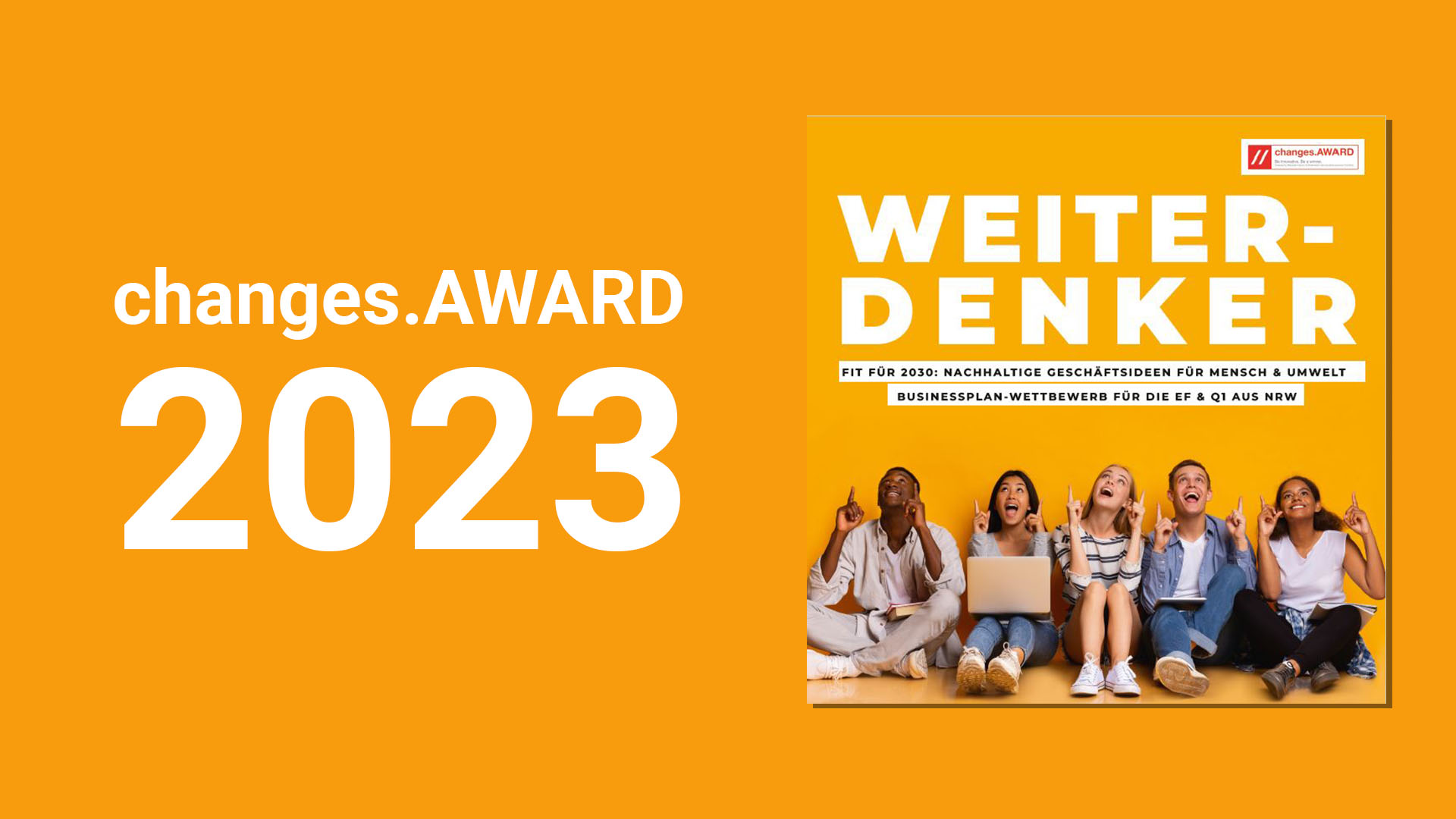Motion
Reliable, energy-efficient and easier to service
How does the drive of an electric locomotive actually work?
An electric locomotive’s drive replaces the drive motors. The output of the drive motors, in terms of speed or acceleration, for instance, are instead controlled via the voltage and frequency of the power supply. In order to achieve this, the traction power (alternating current/AC at 15 kV and 16.7 Hz) in variable three-phase current must be converted from a voltage of 0 to 2000 V at a frequency of 0 to 200 Hz. Our traction and drive inverters ensure this, comprising rectifiers, intermediate circuits and pulse inverters that modulate the current according to the requested speed.

1 Traction power from overhead lines
15 000 V AC / 16,7 Hz
2 Transformator
The transformer reduces the input voltage of the 15 kV alternating current to the voltage level of the traction circuit: 1430 V AC / 16,7 Hz
3 Traction circuit
3.1 Rectifier
The first component of the traction inverter is the rectifier or H bridge, which is primarily made up of power control devices. These allow the current to flow in one direction only or with a constant polarity, thereby transmitting direct current (DC). 2 800 V DC
3.2 DC intermediate circuit
The current flows from the rectifier to the DC intermediate circuit, where capacitors filter out unwanted interference between the input and the output of the rectifier and smooth out the current. At the same time, the capacitors also act as a form of short-term electricity storage. 2 800 V DC
3.3 Pulse inverter
Here, direct current is converted to three-phase alternating current (AC) for use in the drive motors. This is achieved by controlling the power devices which function similarly to switches. Controlling switching lengths and intervals according to demand results in variable AC voltage which corresponds to the selected speed.. 0-2000 V AC / 0-200 Hz
4 Drive motors
Depending on the frequency and amplitude of the current from the pulse inverter, the four three-phase asynchronous motors provide a combination of rpm and torque adapted to suit the conditions up to a maximum start-up tractive power of 200 kN. The train starts.
Changes No. 7
Please click on the picture to open the Changes No. 7.
Download
Download the latest Changes as PDF.
Subscribe
Subscribe for the print edition of our customer magazine “Changes”.



